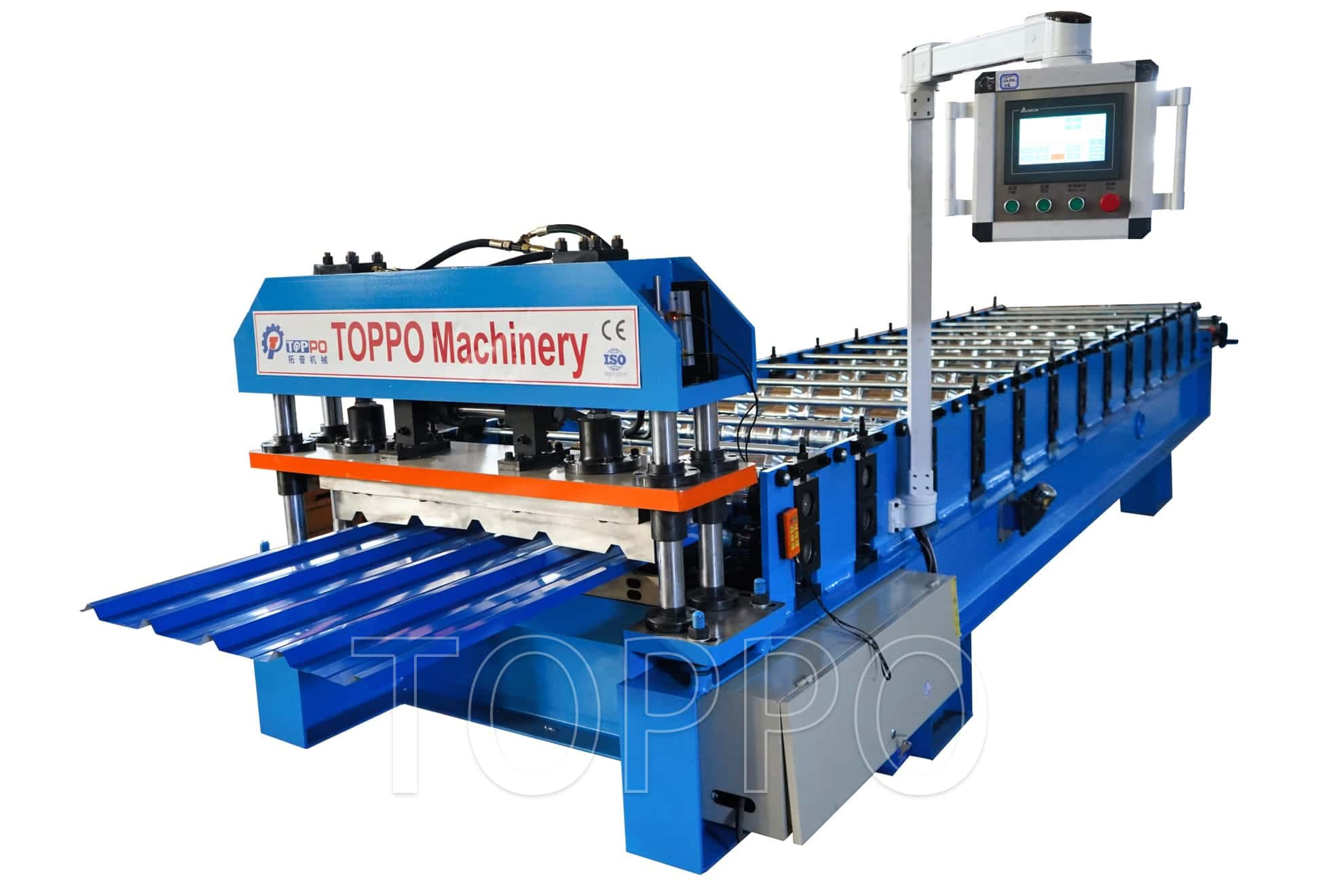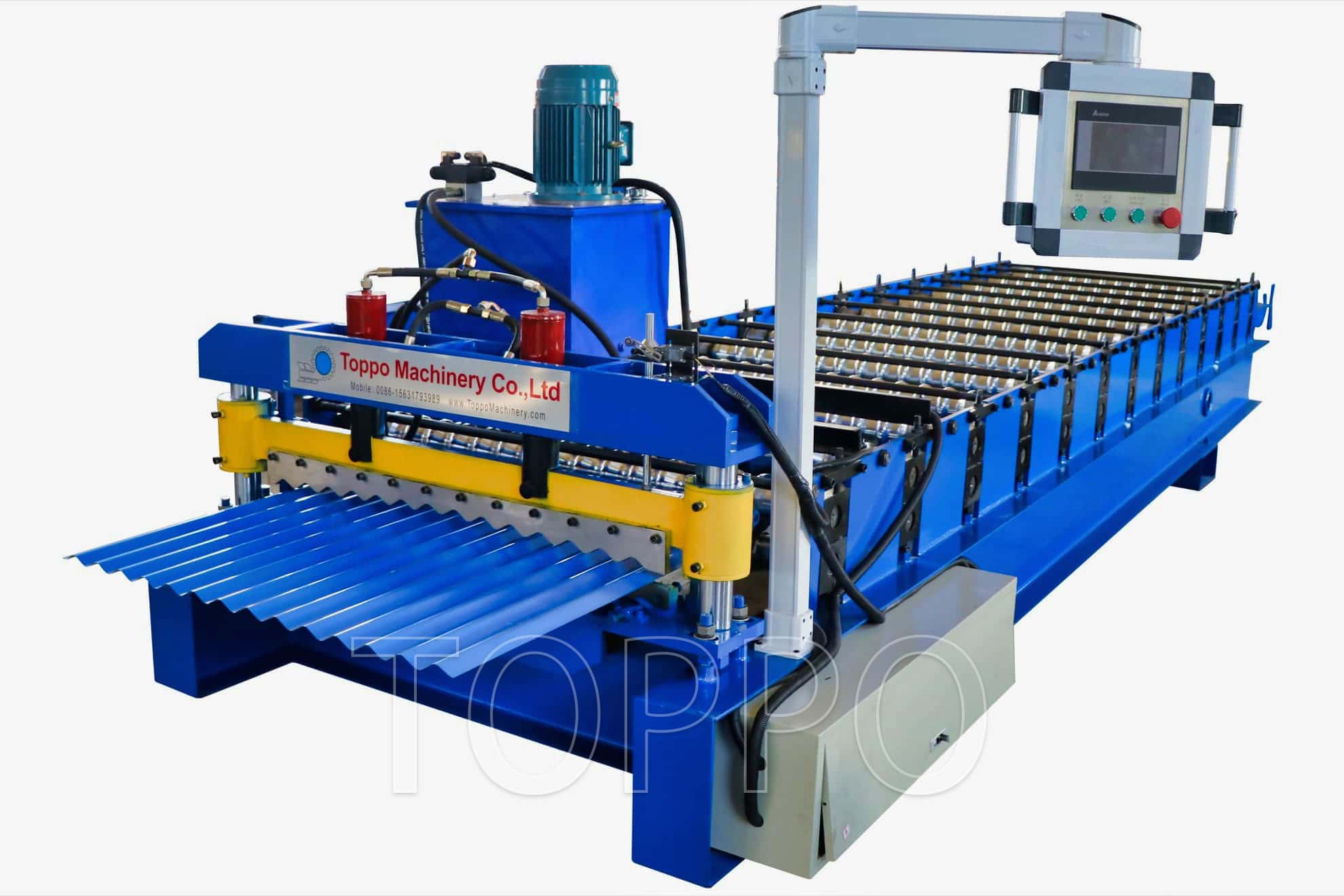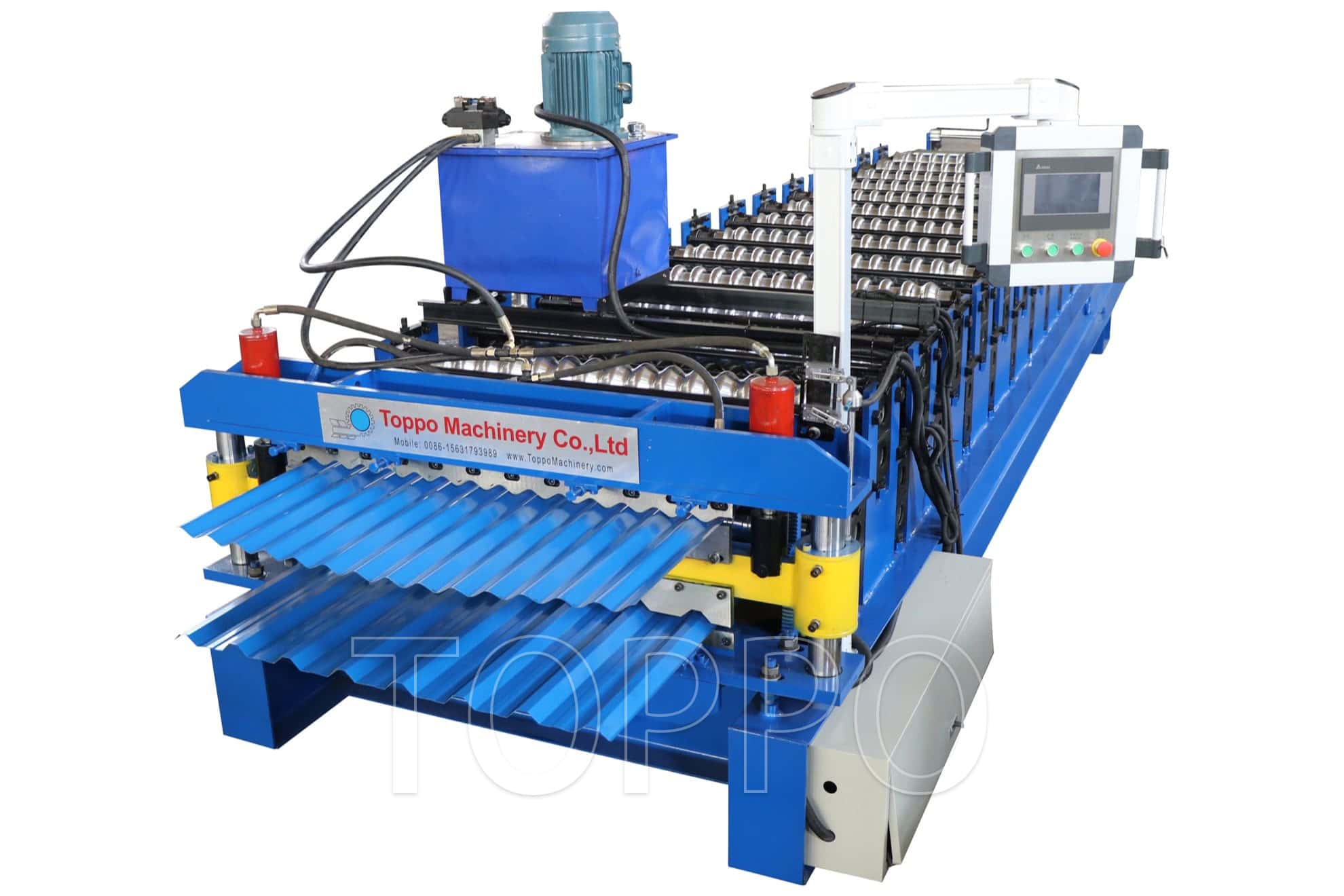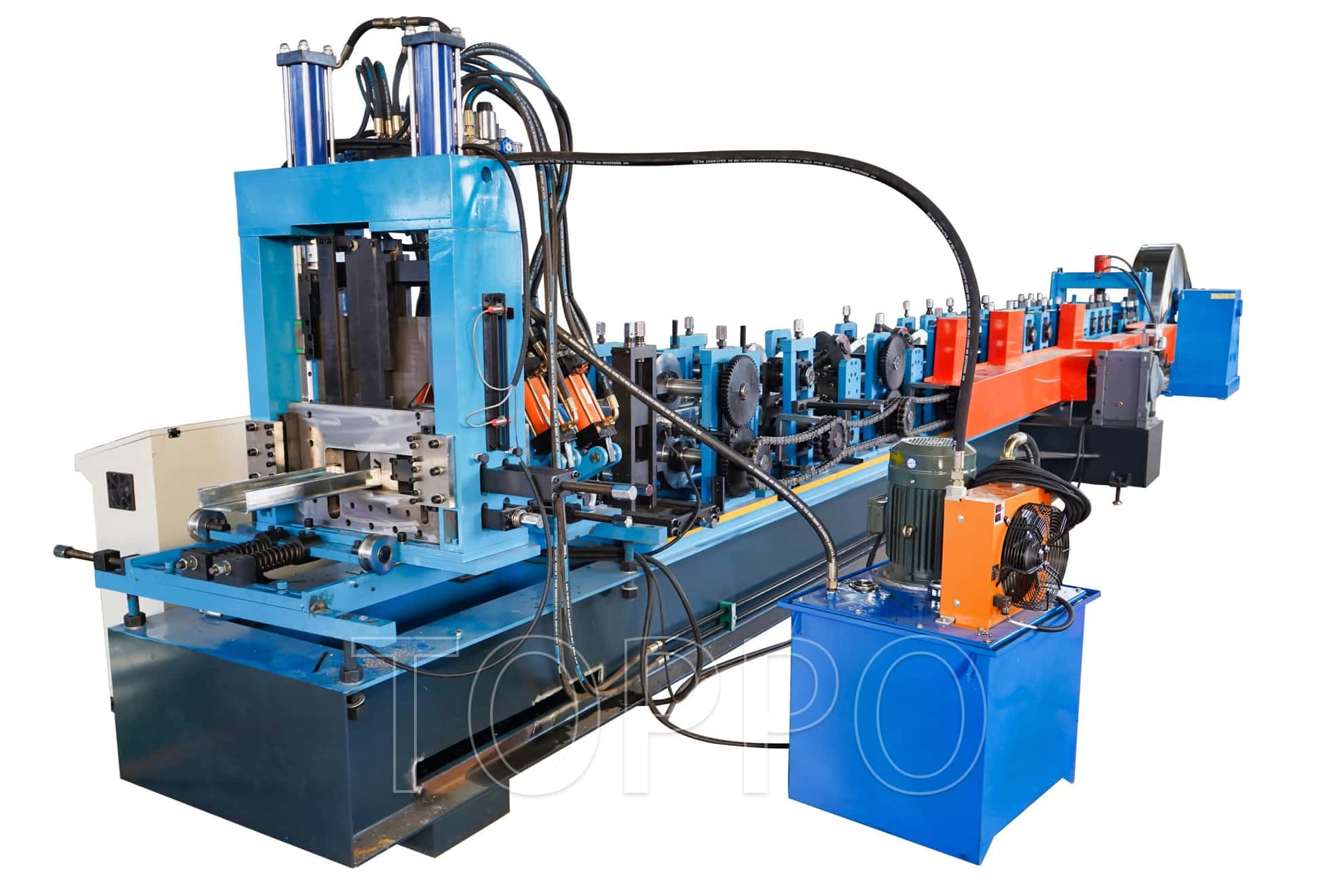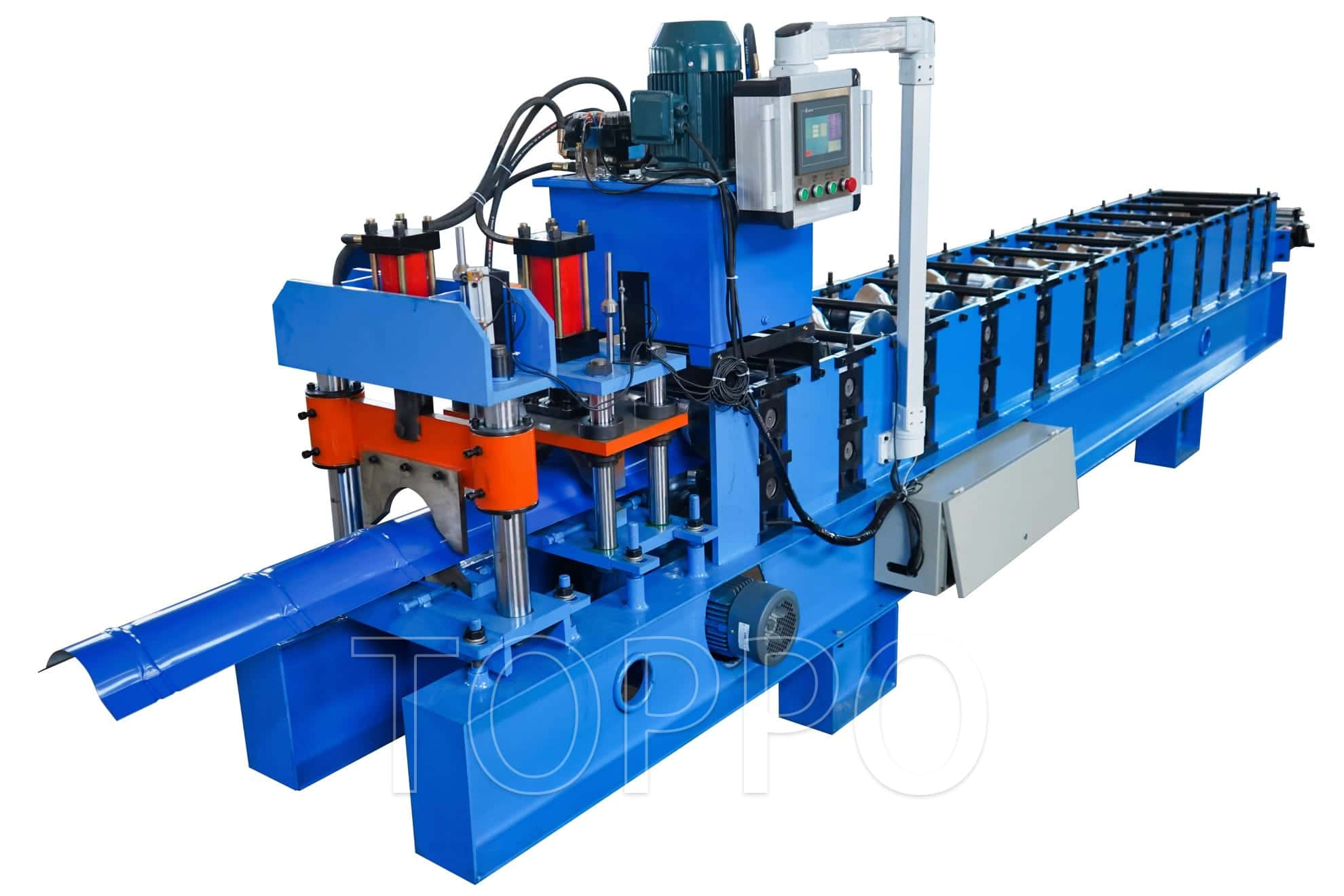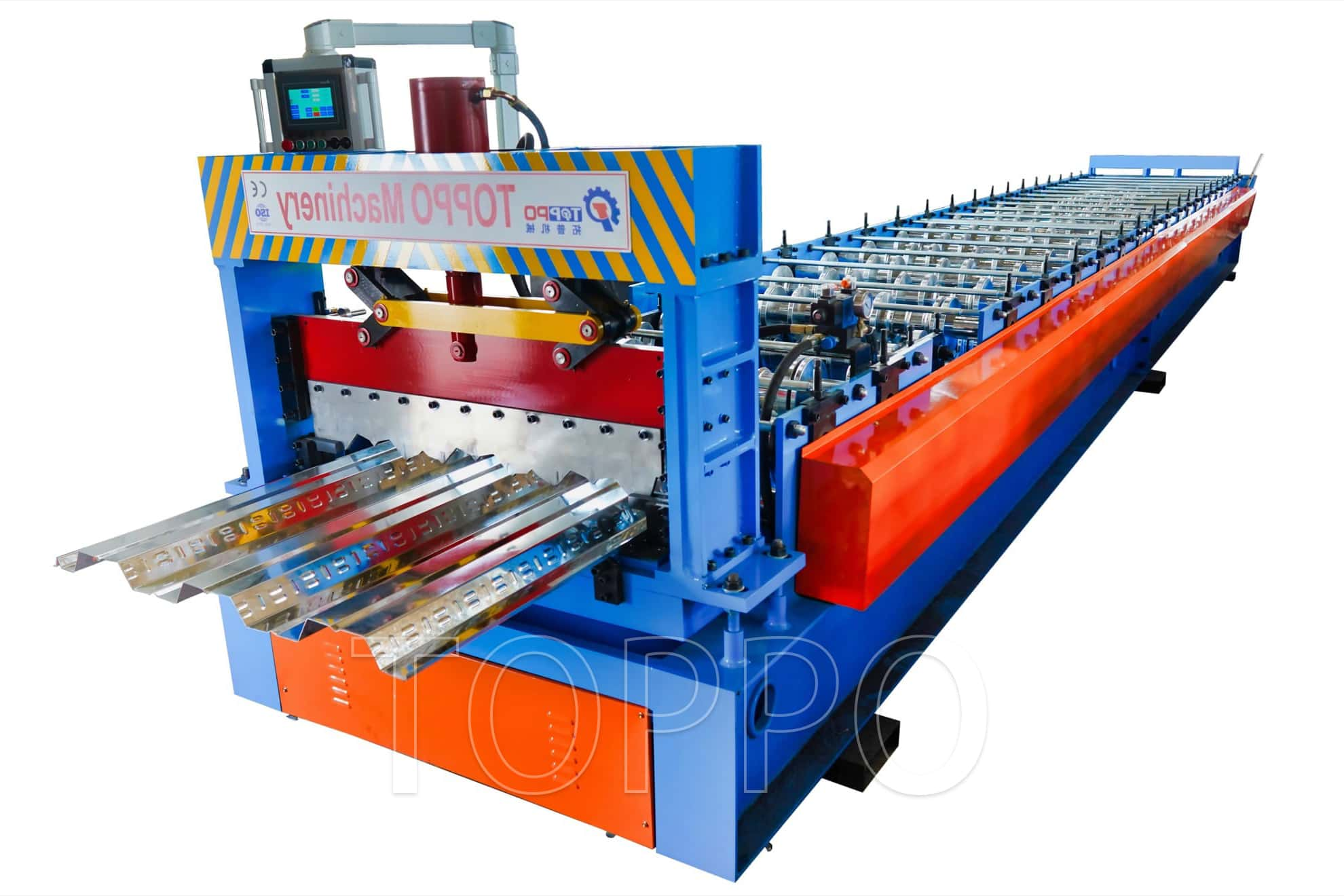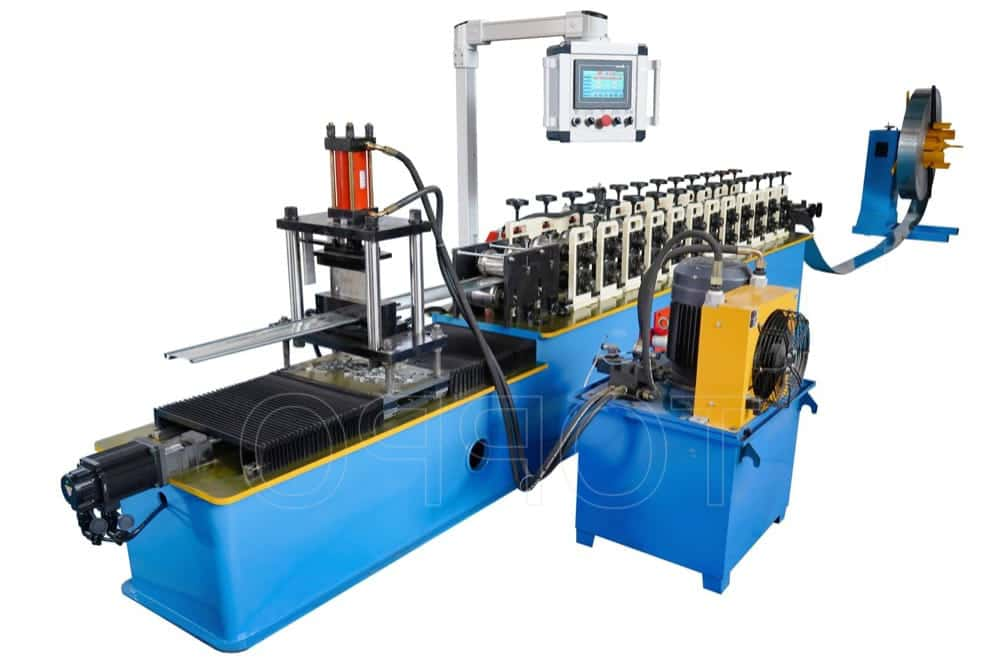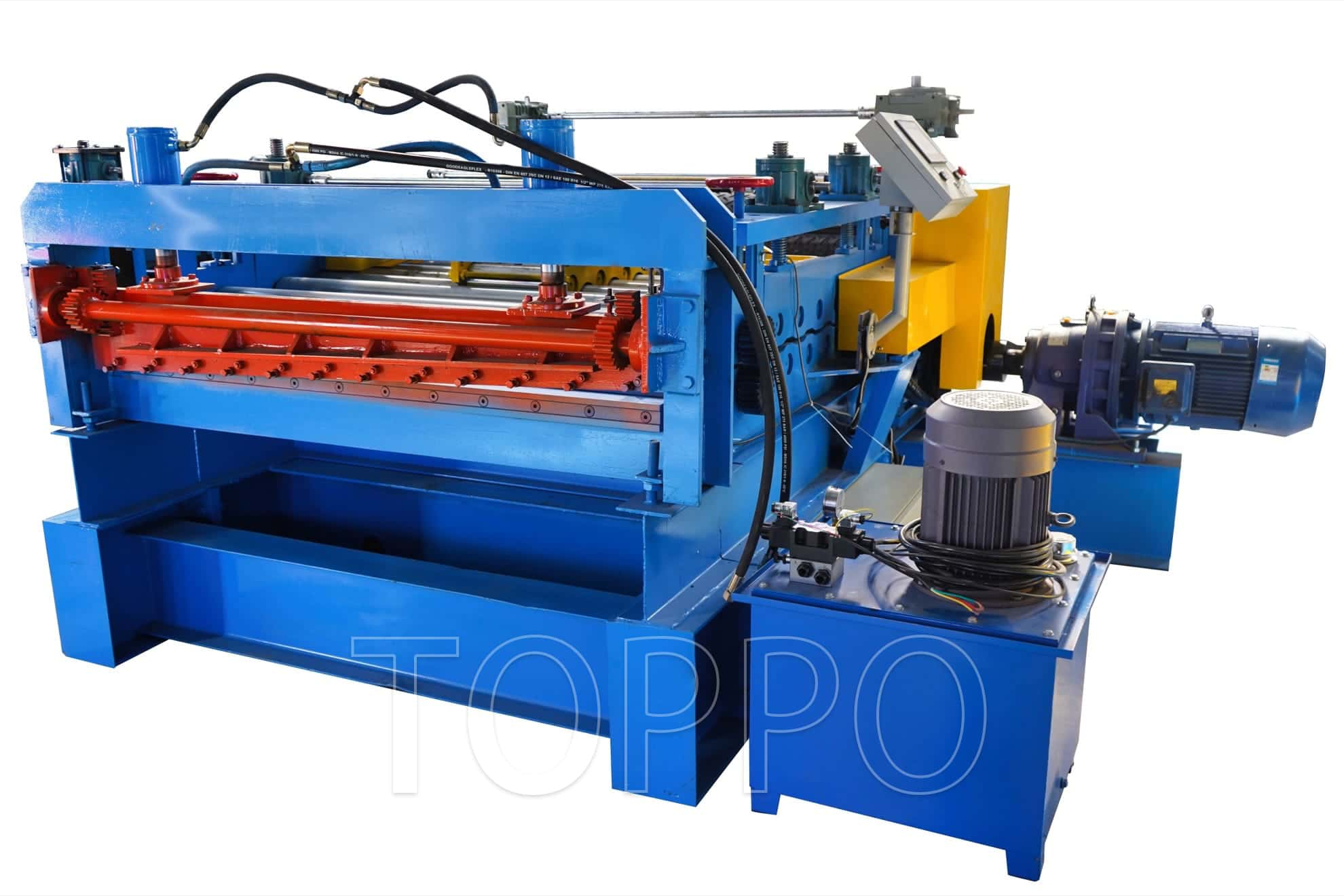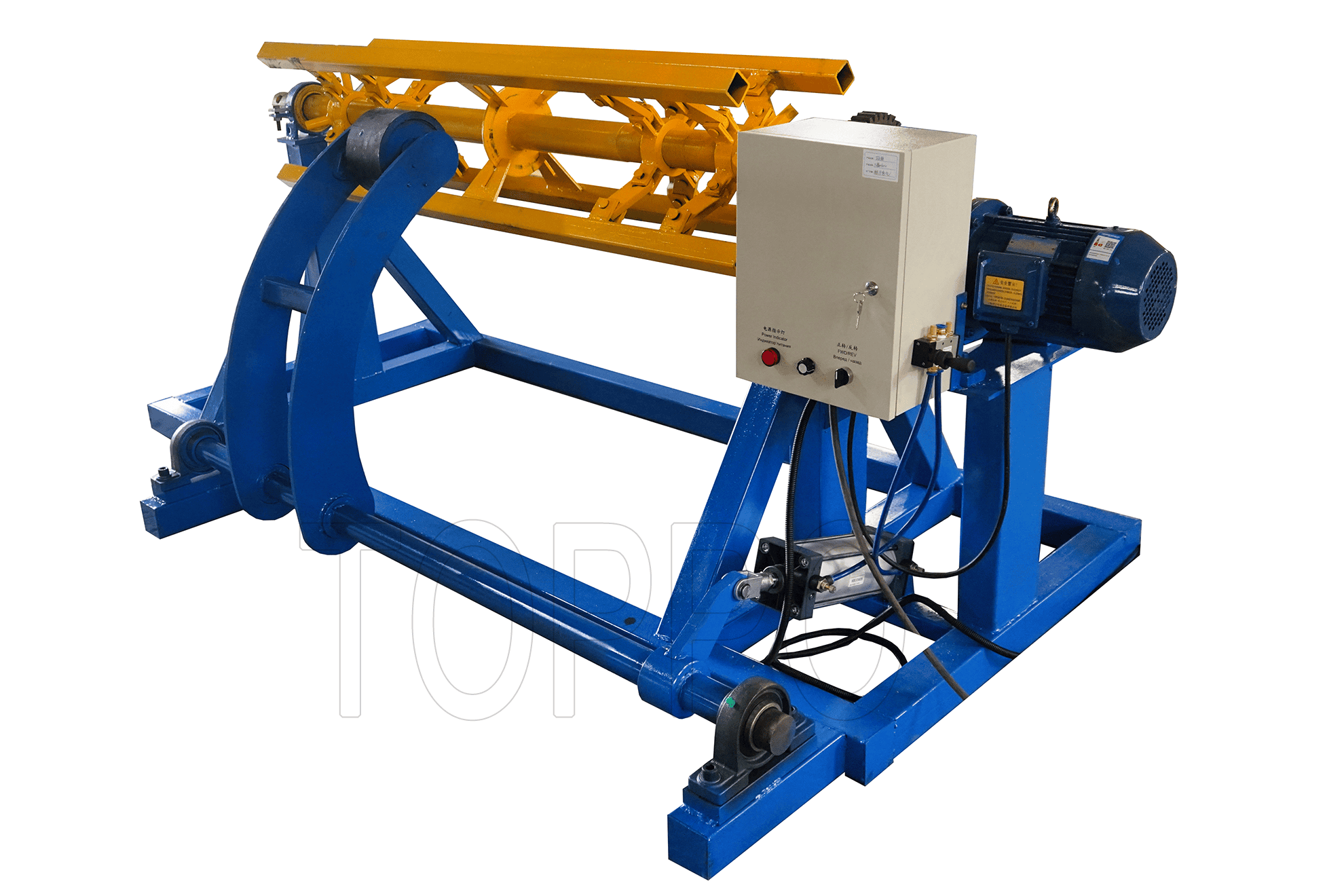- Trapezoidal Machine
- Corrugated Machine
- Glazed Tile Machine
- Double Layer Machine
- CZU Purlin Machine
- Ridge Cap Machine
- Floor Decking Machine
- Rolling Door Machine
- Fence Machine
- Embossing Machine
- Standing Seam Machine
- Cut To Length And Slitting Line
- Guard Rail Machine
- Decoiler And Stacker
- Stud And Track Machine
- Gutter And DownPipe
- Curving Machine
- Cladding Panel Machine
- Corollary Equipment
What Are the Most Common Issues with Roll Forming Machines and How to Fix Them
Roll forming machines, such as the TR4 color steel metal roof trapezoidal roll forming machine, are integral to producing high-quality roofing panels. However, like any advanced machinery, they can experience issues that may impact production efficiency. In this article, we will explore some of the most common problems with roll forming machines and provide practical steps on how to fix them, along with solutions for the roof panel making machine and the trapezoidal roll forming machine.
Step 1: Machine Misalignment
One of the most common issues with roll forming machines is misalignment, which can cause irregular panel sizes and poor-quality roofing materials. Misalignment often occurs when the machine parts become worn out or improperly adjusted. For example, the TR4 color steel metal roof trapezoidal roll forming machine may produce panels that are either too wide or narrow if the rollers are misaligned. To fix this issue, it’s important to regularly check the machine’s alignment and ensure that all components are properly calibrated. Ensuring that the machine parts are in good condition and making necessary adjustments will prevent misalignment and improve panel accuracy.
Step 2: Inconsistent Material Feed
Inconsistent material feed is another common problem with roll forming machines. It can cause uneven panel thickness and lead to material wastage. This issue typically arises when the material roll is not feeding smoothly into the machine or if there are issues with the tension control. To resolve this, you should regularly inspect the material feed system, checking for obstructions and ensuring that the material is fed evenly. Additionally, maintaining the tension control system and adjusting it as needed can help ensure smooth and consistent material flow. Using a roof panel making machine alongside the trapezoidal roll forming machine can provide more flexibility and ensure that the material is handled efficiently.
Step 3: Poor Panel Quality
Another issue that may arise is poor panel quality, such as warping, surface damage, or improper cuts. Poor-quality panels may be caused by various factors, including incorrect machine settings, improper material quality, or inadequate lubrication. To address this issue, first ensure that the TR4 color steel metal roof trapezoidal roll forming machine is properly calibrated to produce the desired panel size and thickness. Check the quality of the raw material, as variations in material thickness or coating can lead to defects. Finally, make sure the machine is well-lubricated, as lack of lubrication can cause friction that negatively impacts panel quality.
Step 4: Overheating of Machine Components
Overheating is a common problem with roll forming machines, particularly when they are running for extended periods of time. When machine components overheat, they can become damaged, which can cause delays in production. The cause of overheating is usually due to insufficient lubrication, improper maintenance, or excessive workload. To fix this issue, ensure that the machine is well-maintained and that all parts are properly lubricated. Regular cleaning of the machine’s internal components will also help prevent overheating. Scheduling regular breaks during production to allow the machine to cool down is also a helpful practice.
Step 5: Case Study – Troubleshooting Roll Forming Machines
In a recent case study, a manufacturer of roofing panels in Argentina faced issues with inconsistent panel quality, misalignment, and overheating in their TR4 color steel metal roof trapezoidal roll forming machine. After a thorough inspection, they found that the alignment was off and there was inadequate lubrication in certain machine components. The company took action by recalibrating the machine, ensuring that the material feed was smooth, and adding proper lubrication to all moving parts. After making these adjustments, the manufacturer was able to improve panel quality, reduce material waste, and increase overall production efficiency by 25%.
Conclusion
Common issues with roll forming machines, such as misalignment, inconsistent material feed, poor panel quality, and overheating, can significantly impact production efficiency and product quality. However, by performing regular maintenance, calibrating the machine correctly, monitoring material feed, and using the roof panel making machine effectively, these issues can be avoided or mitigated. With proper troubleshooting and proactive maintenance, manufacturers can ensure smooth operation and increase their overall production capabilities.
READ MORE:



